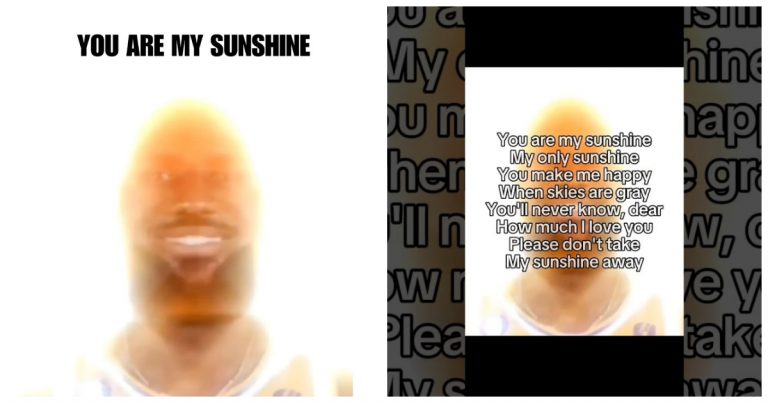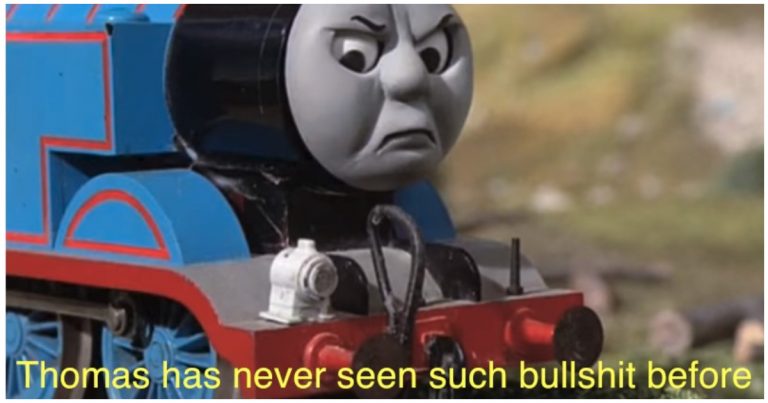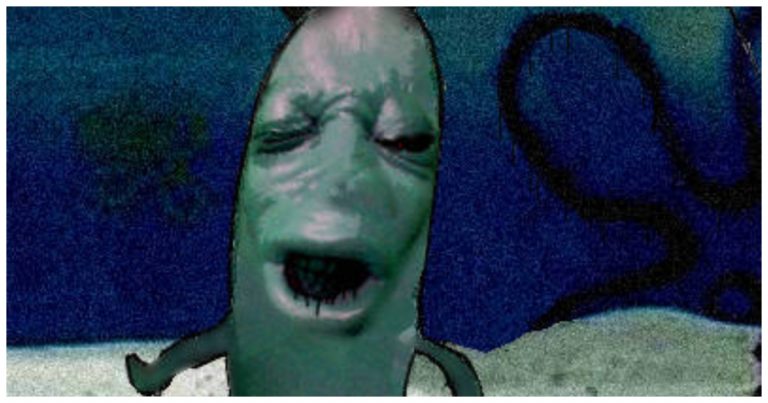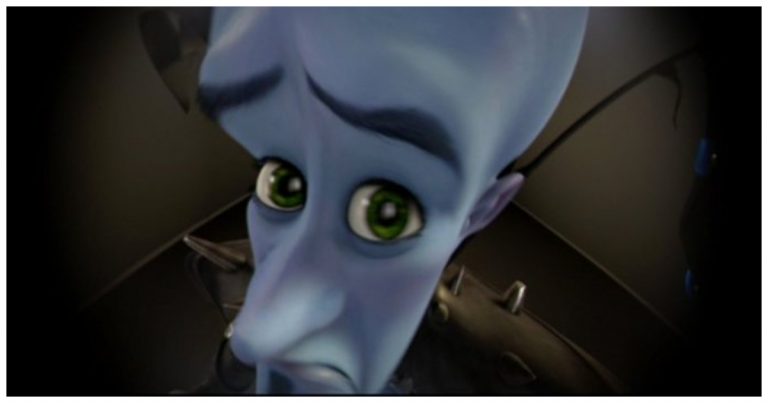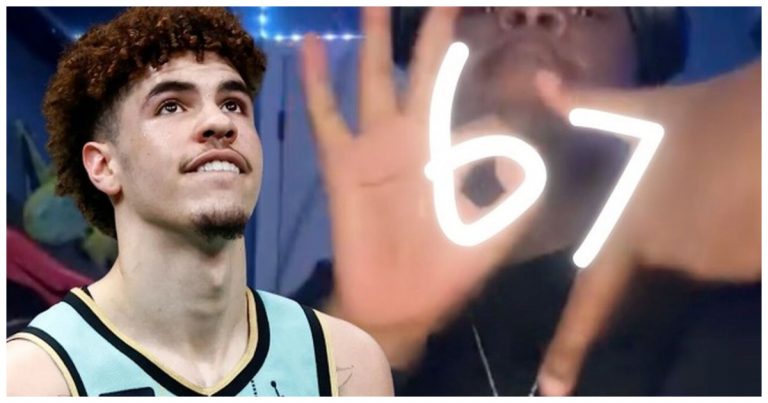From Pixar To Meme Culture: How “Buzz Lightyear Clones” Became The Face Of Internet Repetition
The “Buzz Lightyear Clones” meme, born from a Toy Story 2 scene showcasing rows of identical Buzz Lightyear toys, has become a sharp jab at internet repetition and conformity.
Emerging around 2019–2020, it mocks unoriginal trends, copycat behaviors, and digital groupthink across platforms like Twitter, TikTok, and Reddit.
This article explores its origins, meaning, formats, and enduring role in critiquing online sameness.

1. What Is the “Buzz Lightyear Clones” Meme?
What Does the Meme Depict and How Is It Used?
The “Buzz Lightyear Clones” meme consists of a scene from Toy Story 2, in which dozens of identical Buzz Lightyear toys stay inside their packaging in Al’s Toy Barn.
Visually, it can be haunting and is frequently used online to ridicule repetition, being unoriginal, or being boring.
For example, it can represent anything that goes viral on TikTok or the aggregation of all the same hot takes on Twitter.
In this sense, the caption usually denotes some type of absurdity at the sight of all the same idea/same comments being recycled without remorse.
It feels like a meme format that resists trying for a laugh because it can be utilized for all variety of contexts that bemoan how redundant the digital world can be.
Is This the Ultimate Meme for Mocking Sameness Online?
It’s a contender. The unending collection of Buzz Lightyear clones embodies a certain level of compliance and digital sameness and it is visually distinct because it is a direct image of sameness.
Its use across mediums, trends, statements, etc. has proven to be flexible enough to evaluate social media trends, corporate branding, and other aspects of cyber real estate or real estate, possibly legitimately challenging other timeless memes like “NPC Wojak” to address/highlight being unoriginal.
2. Where Did the Meme Come From?
The Moment in Toy Story 2
The meme is from Toy Story 2 (1999), when Buzz Lightyear (Tim Allen) makes his way into Al’s Toy Barn, having figured out that he is just one of a thousand toys like him on the shelves.
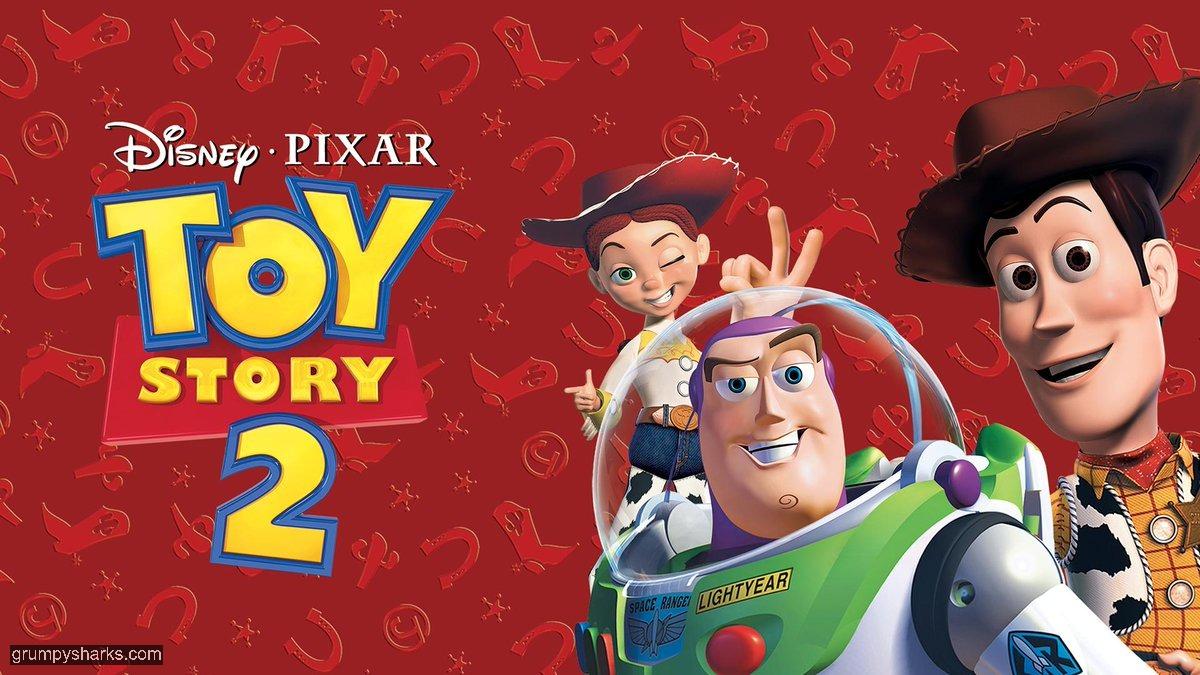
This moment is quite funny and slightly existential, as Buzz is coming to terms with the notion that he is just a “clone”.
This is certainly worthy of a meme format and very relatable.
The visual of multiple identical Buzzes strikes a message about mass production and the concept of having an identity stripped away.
When the Clip Was First Used
The meme began to gather attention in approximately 2019–2020.
As the level of frustration increased surrounding TikTok trends and repetitive meme formats increased, the thought of “trend fatigue” began to enter the social media discussions.
The first appearance of Buzz was more likely either on Reddit’s r/memes or via Twitter, with people posting images of Buzz to intentionally mock their repetitive comments or post-use influencer format.
Given the context of when this format began to appear, it certainly was a timely recognition of the sameness of social media.
3. What Does the Meme Actually Mean?
Commentary on Internet Culture
The “Buzz Lightyear Clones” meme pokes fun at the internet’s ability and opportunity to produce unoriginal and cloned content, whether that be influencers copying dance challenges, brands utilizing the same slogans, or users copying opinions.
Captions like: “Every TikTok algorithm in 2023” or “Twitter after a celebrity scandal” indicate the little variability trends, and the unoriginality of it all.
Relatable Digital Frustration
The meme captures the exasperation we face of seeing “the same take, again and again” on the internet, and anyone who has scrolled through a comment section and is faced with identical replies knows the feeling.
Since we have all likely witnessed a viral trend start to lose its luster due to overexposure/unoriginality, the meme is a relatable nudge at the mundane feeling of digitality.
4. Popular Caption Styles and Meme Formats
Common Uses
Captions are typically sarcastic, pointing out repetitive behaviors or trends. Examples include:
- “When every podcast bro says the same thing in a different voice” – Mocking repetitive self-help content.
- “Fashion TikTokers in 2024 be like:” – Targeting recycled outfit trends.
- Her: “Good luck finding a girl like me!” – Girls like her
These pair with the Buzz image to emphasize the “cloned” nature of the content.
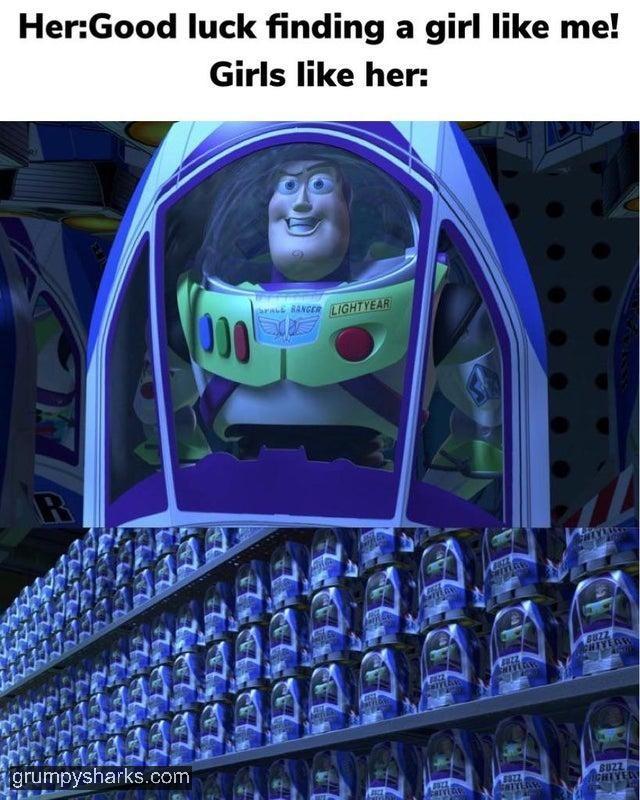
Variants and Mashups
Creators have altered the meme with edits such as influencer faces, brand logos, or usernames on the Buzz toys.
Some have created split-screen versions between an “original” idea and its “clones”, while others use the image in new contexts – gaming or political satire, for example – to exaggerate the humor.
5. Buzz Lightyear as a Meme Icon
Other Notable Buzz Memes
Buzz Lightyear is a meme Go-Getter appearing in meme formats such as Buzz and Woody pointing (“X, X everywhere), “Falling with Style” (portraying overconfidence), and “Spanish mode Buzz” ( other culture humor).
The “Clones” meme continues this trend especially focusing on identity and repetition.

Why He’s So Memeable
The exaggerated expressions, fake optimism, and identity crisis throughout the Toy Story series make Buzz Lightyear a prime candidate for memes.
His heroic nature, despite imperfections well align with internet users especially when laughing at corporate or social compliance. Source: ScreenRant
6. Will the Meme Stay Relevant?
Continued Use in Trend Fatigue and Media Saturation Critiques
As AI-created media and redundant trends become prominent, the meme “Buzz Lightyear Clones” should remain relevant since it critiques media saturation and trend fatigue.
The meme’s potential longevity in rotation is especially relevant considering the nostalgia from Toy Story, which makes it more approachable.
This meme shows an apt connection to critiques of media saturation or trend fatigue.
Among Pixar Meme Staples
It finds itself in the company of “Sadness with Joy” (Inside Out), “Woody side-eye” (Toy Story), and “Mr. Incredible becoming uncanny” (The Incredibles) as some of the best memes derived from Pixar.
The uniqueness of “- Clone” memes is their emphasis on “repetitive-ness,” which gives it an edge against memes originally intended to convey a message in a moment of humor or absurdity, and without the level of repetition.
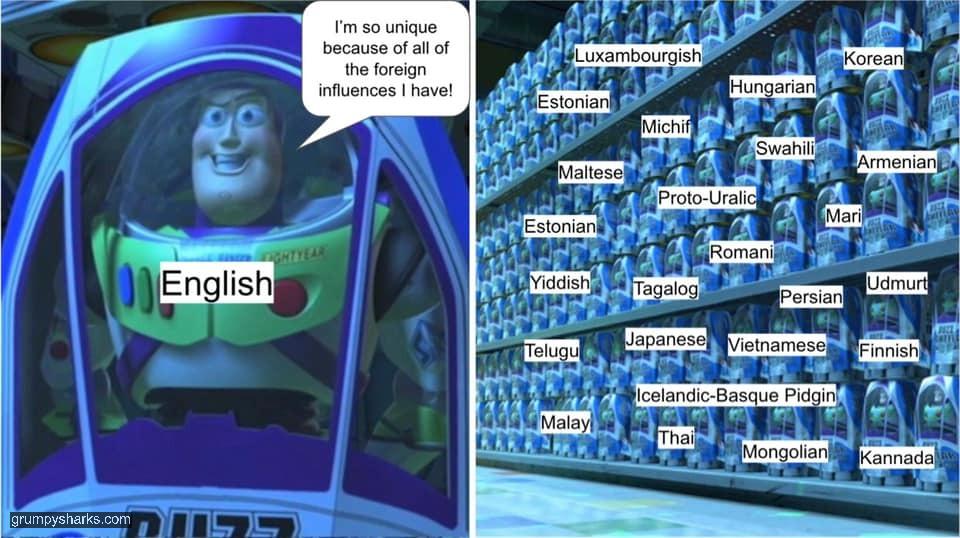
Conclusion
From a fleeting Toy Story 2 scene to a biting critique of internet culture, the “Buzz Lightyear Clones” meme has carved out a niche as the go-to format for mocking digital repetition.
Its rows of identical Buzzes capture the frustration of seeing unoriginal content flood social media, from Twitter threads to TikTok trends.
As long as the internet churns out copycat behaviors, this meme will remain a sharp, nostalgic jab at the loss of individuality online.


